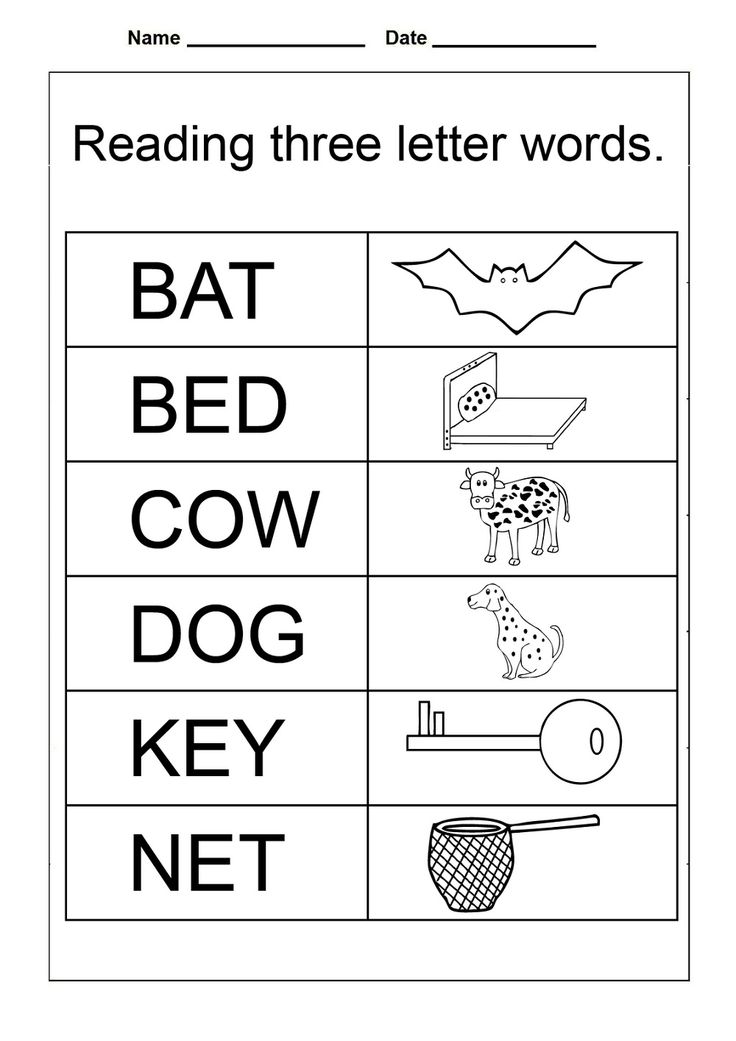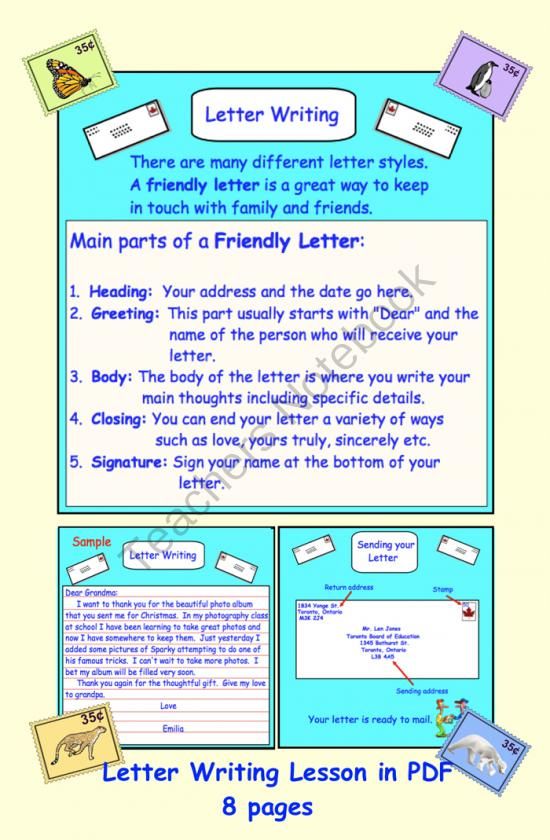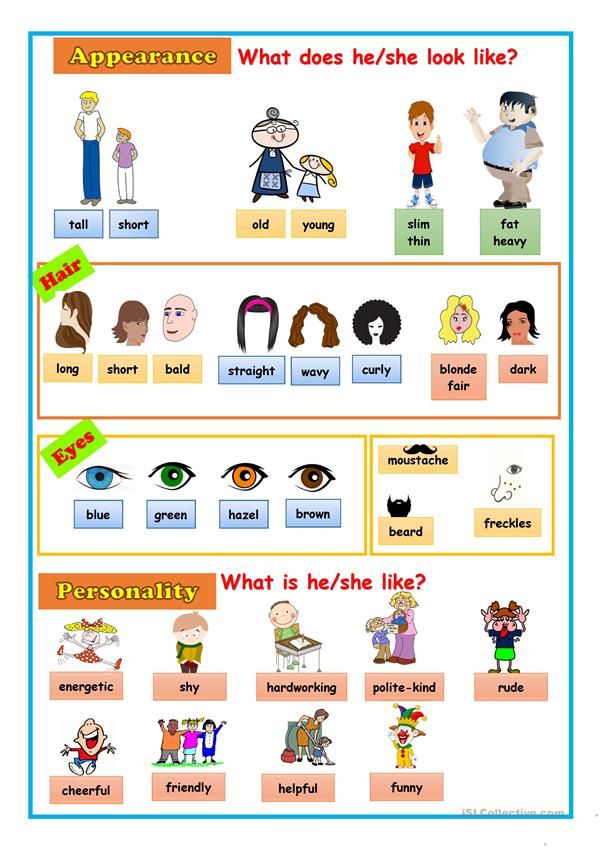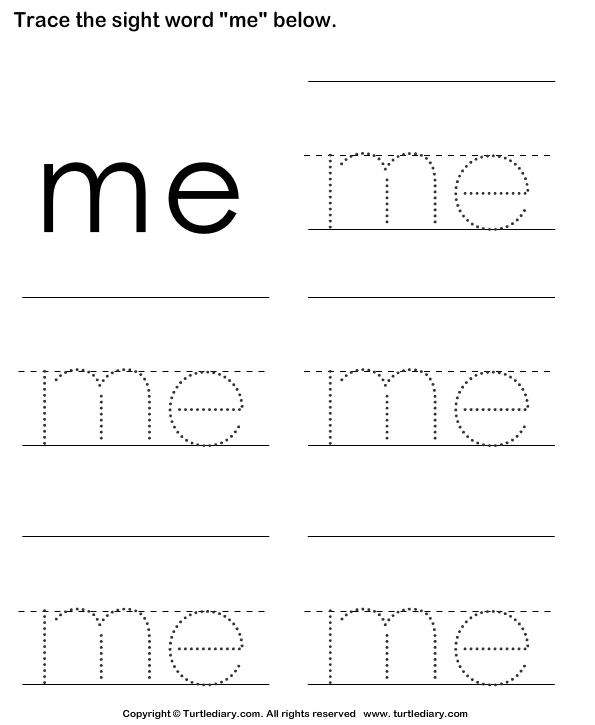Follow 2 step directions
30 Fun 2 Step Directions for Preschoolers
- Share
“Put your slippers on and grab a spoon for your cereal.” Easy to do, right?
For adults and older kids, following directions that have two steps can be quite an effortless task. For toddlers and young preschoolers, following multiple directions is a skill that takes time and maturity.
You can practise this skill in a fun way by using these 2 step directions for preschoolers.
What are Two Step Instructions?
Following directions that include two tasks is an important listening skill for children to learn. This helps them play games, follow instructions and procedures in the classroom and fit in socially with friends.
Being able to follow two-step instructions involves developing different types of skills.
Working memory is about holding onto information in order to use it. We want to be sure that kids can follow one-step directions effectively before moving ahead to giving them two steps to follow.
Auditory processing skills are also very important for enabling kids to follow directions they hear.
For example, auditory memory refers to when kids remember what they have heard, to use that information later.
Auditory closure helps them “fill in the blanks” when they have missed hearing the complete direction and auditory figure-ground aids kids in tuning out background noise to hear instructions. [source]
Speech therapy addresses not only how well children speak in words (expressive language) but also how well they understand what they hear (receptive language).
The receptive aspects of speech therapy are connected to auditory processing, and getting lots of practice in following directions is helpful to build those skills.
Verbal reasoning and vocabulary skills are also essential for children to comprehend your instructions. They must understand the words you are saying to be successful.
They must understand the words you are saying to be successful.
When Should a Child Follow 2 Step Directions?
At what age should a child start listening to and following one-to-two step directions?
At 24 months of age, many children can follow two or even three-step directions, especially those that are related, such as picking up two specific toys to put away on a shelf.
Although they can do this, research shows they choose to follow through only about half the time.
At around age three, most kids effectively follow two-step directions.
So then, when should a child follow 3 step directions?
Four-year-old children are usually able to follow through on three-step instructions, especially those that are given in a logical order.
[source]
How do I Teach My Child to Follow Multi-Step Directions?
It’s important to talk to your children often, giving voice to your own thought process as you move through your day. Verbalize what you observe about your child’s movements throughout the day, as well.
Verbalize what you observe about your child’s movements throughout the day, as well.
Read to your children, pointing to illustrations, and urging them to name objects.
How do you teach following instructions?
Listening skills in early childhood are very important and must be practised. Here are some tips:
- When giving your child instructions, state them clearly, in simple language, and give your child enough time to respond.
- Look at them when giving directions, and make sure they are looking at you.
- Restate or clarify if your child has not followed through on the instructions given.
- Model the correct actions, if necessary.
- Praise your child when they follow through on a single instruction and they will eventually build the ability to follow multiple part instructions.
- Don’t start giving 3 step directions until your child has mastered 2 instructions.
A list of 2 Step Directions for Preschoolers
Some of the following examples include 2 step directions with prepositions or spatial concepts, such as “on,” “under”, and “over.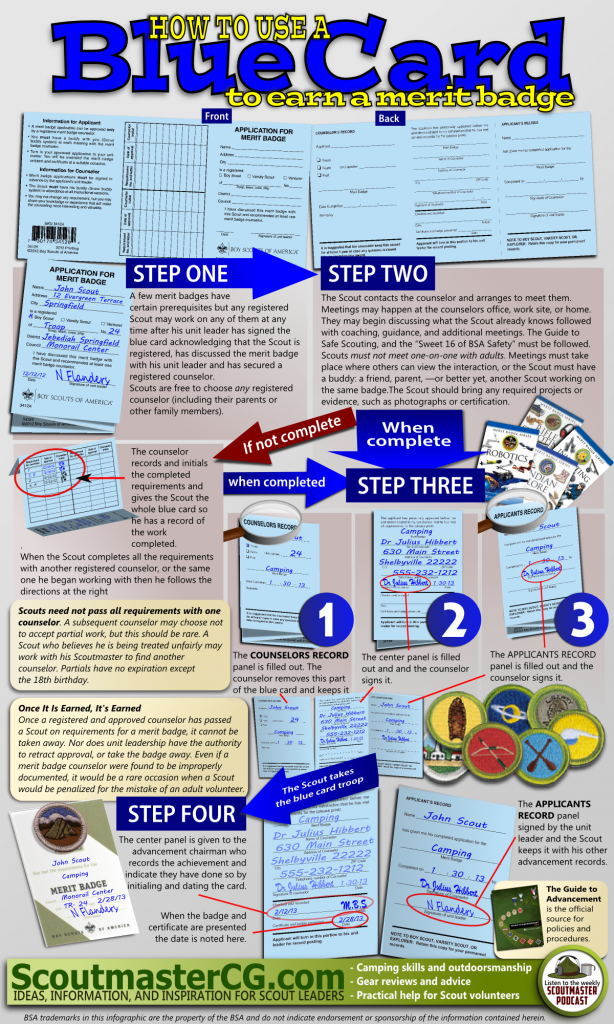 ”
”
These types of words address the relationships between objects or between objects and individuals and can help teach positional language.
Make a game out of requesting that your children complete two actions. You can also make it fun by using these directions in familiar games that require giving directions, such as “Simon Says” or “Follow the Leader.”
You could also play “Broken Telephone,” to see if the last person who hears the directions can follow through successfully.
Another fun game is Listen and Draw. Give multiple directions that your child must follow to draw the picture you describe.
[source]
Here is a list of instructions suitable for preschoolers:
1. Sit down on the floor and close your eyes.
2. Touch your head and turn in a circle.
3. Stand up and pretend to be frozen.
4. Bounce the ball and say your name.
5. Do a jumping jack and then sit on the chair.
6. Hop on one foot and smile.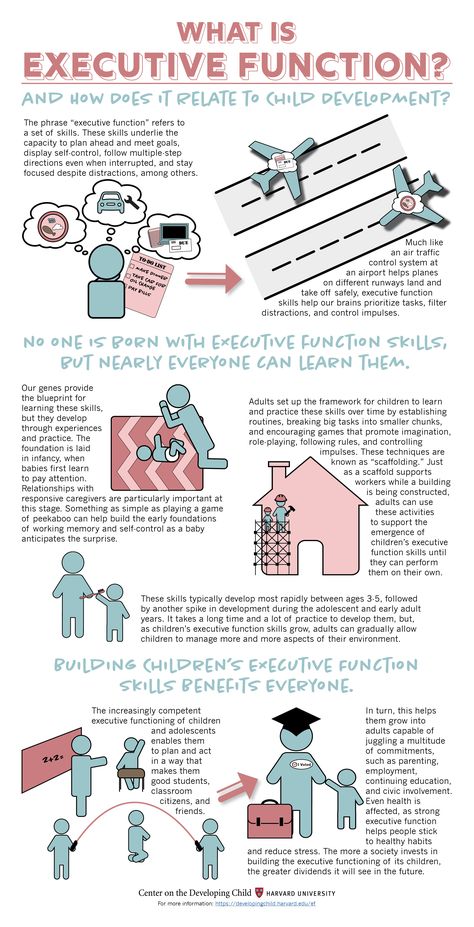
7. Place the teddy bear under the table and sit on the chair.
8. Walk along the fence and sit on the swing.
9. Reach your hands over your head and clap your hands.
10. Stand next to Grandma/Grandpa and hold onto their hand.
11. Draw a yellow sun above the green grass.
12. Draw blue water next to a brown beach.
13. Touch your toes and then spin around in a circle.
14. Wash your face with this cloth and comb your hair.
15. Spread peanut butter on one slice of bread and place the other slice on top.
16. Pull your blanket up on the bed and arrange your stuffed animals.
17. Take a book out of your bag and set it on the table.
18. Lie down next to Mom/Dad and close your eyes.
19. Take off your mittens and hang them up to dry.
20. Point to your eyes and say your name.
21. Point to your lips and smack them together.
22. Turn off the TV and place the remote on the coffee table.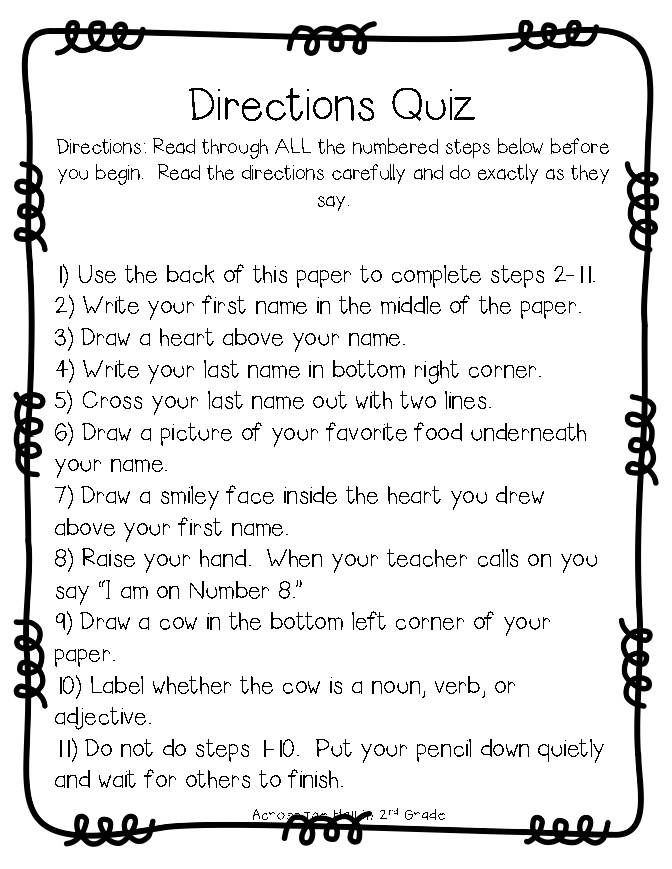
23. Stomp your feet and say, “I’m a dinosaur!”
24. Choose a book from your shelf and read it to your doll.
25. Cover your eyes and say, “Boo!”
26. Turn around in a circle and then sit down on the grass.
27. Wave goodbye to me and walk to the door.
28. Climb up the steps and then walk back down.
29. Fetch your school bag and put your lunch box inside it.
30. Wash your hands for dinner and come back to sit on a chair at the table.
These are just a jumping-off place to start your mind working! Involve your children and challenge them to make up their own directions and ask you to follow them!
Check out these other listening activities for kids to get even more practice!
Get FREE access to Printable Puzzles, Stories, Activity Packs and more!
Join Empowered Parents + and you’ll receive a downloadable set of printable puzzles, games and short stories, as well as the Learning Through Play Activity Pack which includes an entire year of activities for 3 to 6-year-olds.
Access is free forever.
Signing up for a free Grow account is fast and easy and will allow you to bookmark articles to read later, on this website as well as many websites worldwide that use Grow.
- Share
Unrelated 2 Step Directions - Speech Therapy Activities — Toddler Talk
Receptive Language Lessons
Written By Stephanie Keffer
Toddlers typically begin to follow directions with two unrelated steps just before their third birthday.
These directions include 2 different actions that are completely separate from one another. You can think of these directions as following this template: First do action 1 with item 1, Then go do action 2 with item 2.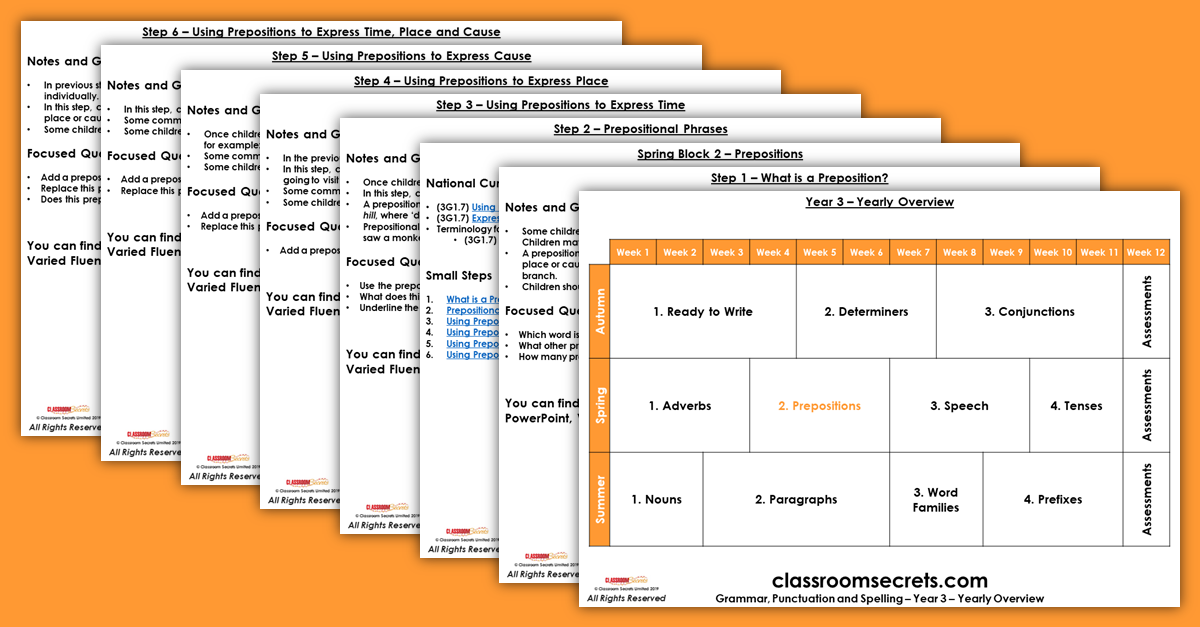 For example, “Push in your chair and go to the sink,” or “Take off your shoes and hang up your coat.”
For example, “Push in your chair and go to the sink,” or “Take off your shoes and hang up your coat.”
These types of directions are more complex and therefore more challenging than two-step directions with a single item.
As you practice, keep in mind that your toddler’s success in following directions will vary based on how tired they are, their general mood, and their current level of attention. Day-to-day fluctuations are expected and completely normal.
Speech therapy tips for practicing with 2 step unrelated directions
Tip 1 - Create two-step unrelated directions
In this lesson, we’ll focus on following directions that:
Have two or more steps (two different actions with two different items)
Have not been practiced before and are not part of a daily routine
Are __NOT__ related to an activity your child is doing when you give the direction.
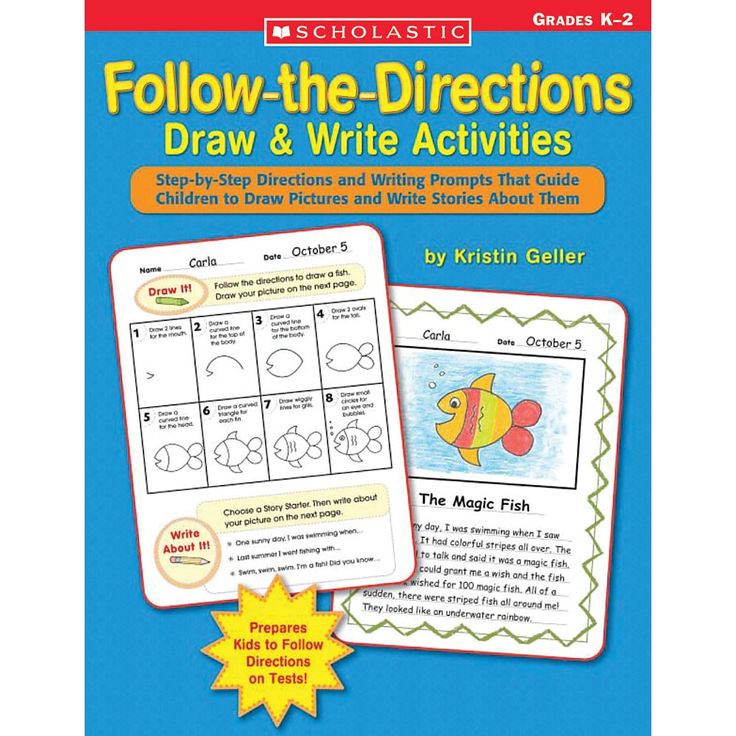
For example, if your child is coloring on the floor, you could tell them, *“Sit at the table and open the Play-Doh.”* If they’re playing with a babydoll, you could say, “Oh no, your shark looks hungry and sleepy! *Feed the shark* and *put him to sleep*.”
Tip 2 - Offer the minimum amount of help your child needs
As you practice following directions with your child, it’s best to practice at a level where your child can successfully complete a direction with minimal help. Follow this step-by-step breakdown to help wean your child off of needing your assistance to complete directions. If your child completes the direction at any point, you do not need to continue with the remaining attempts. Praise your child for completing the two-step direction correctly. (“Yay, you got the cow and gave him a cookie!”).
Here are the steps:
Say your child is playing with a toy turtle. Start by giving the direction, “Get the cow and give him a cookie.
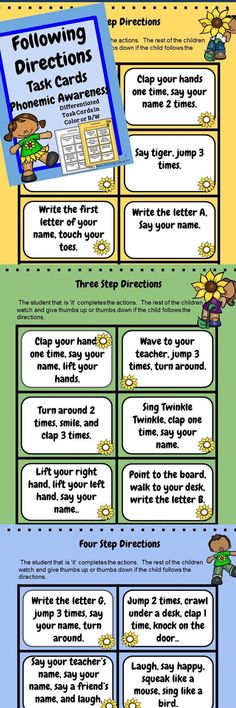 ” Don’t offer any visual clues about what you want them to do, like motioning with your eyes or hands.
” Don’t offer any visual clues about what you want them to do, like motioning with your eyes or hands. If your child is unable to complete the direction on their own, repeat the direction and offer one piece of help, such as pointing to what you want your child to do. Say, “Get the cow and give him a cookie,” point to their cow, and then point to the cookie.
For your third attempt, repeat the direction again, but break it into two parts. First, say “Get the cow.” Once they grab the cow, then say “Give the cow a cookie.”
Finally, you can complete the direction together. Repeat the direction, and then actually help your child through the actions. Say “Get the cow and give him a cookie” as you guide your child to get the cow and feed it a cookie.
You’ll know your child has mastered this skill once they can consistently follow your directions in at least four out of five tries.
Tip 3 - Expand your child’s vocabulary to help them follow directions
Following directions is a perfect opportunity to teach your child the meaning of new words. If you discover during practice that your child does not understand the meaning of a particular word, incorporate that word into your daily activities. For example, if you discover that your child doesn’t know what “scrub” means, talk about SCRUBBING your hands in the sink while you wash, and have them help you SCRUB pots and pans after dinner. As always, practice learning just a few words at a time to prevent you AND your child from feeling overwhelmed.
If you discover during practice that your child does not understand the meaning of a particular word, incorporate that word into your daily activities. For example, if you discover that your child doesn’t know what “scrub” means, talk about SCRUBBING your hands in the sink while you wash, and have them help you SCRUB pots and pans after dinner. As always, practice learning just a few words at a time to prevent you AND your child from feeling overwhelmed.
And I will be the first to admit that thinking of these directions on the fly when you’re playing isn’t easy! We created 3 different activities with items and toys most people have. For each activity we’ve listed out directions you can practice with for this lesson!
Download our PDF activities guide for practicing with 2 step directions - speech therapy at home practice ↓
Practicing with 2 step directions - speech therapy at home activity
Washing Hands Before Snack
Materials: Set-up:Gather the items you need for your snack so that your child sees that it is almost snack time.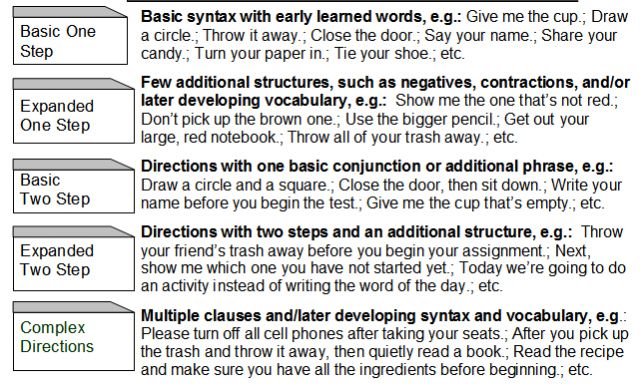
In this activity, you will be helping your child understand 2-step directions where the parts are unrelated. The second part of the direction is “wash your hands” and the first part is something else in your home.
You will practice this skill before snack time, if your child likes snacks. If they don’t, pick another daily activity that your child looks forward to. You will tell them something simple to do, and then to go wash their hands. You will say, “it is almost time for snack! But first, put your shoes in your room and wash your hands.” Or “throw the wrapper in the trash and then wash your hands”, “put the cars in the box and then wash your hands.” The first part of your direction should be something your child already does, but maybe they don’t always do it routinely before washing.
If they follow the direction correctly, celebrate that your child did it correctly by repeating what they did (“Yay, you put your shoes away and washed your hands!”) If your child does not do it, repeat the direction again.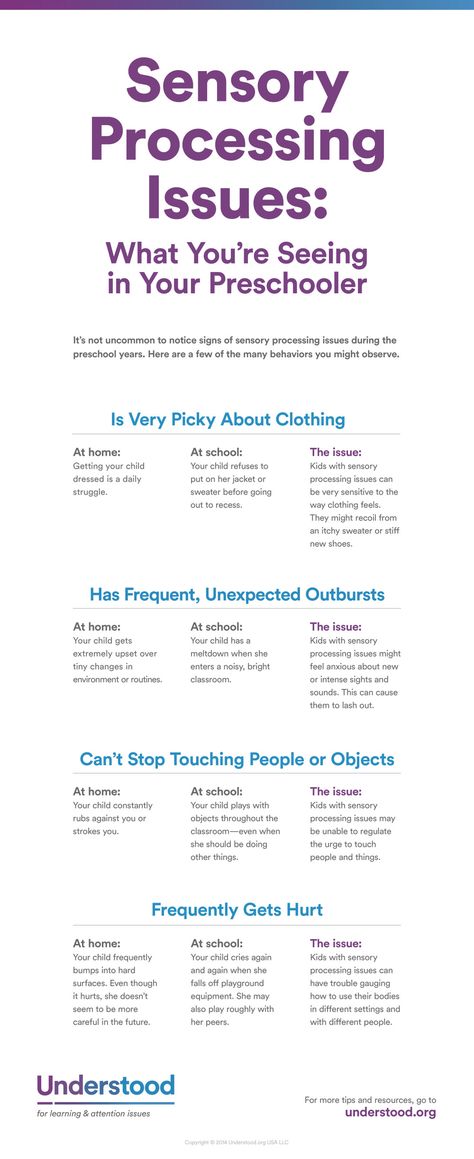
If they do not follow the direction the second time, break up the direction into two parts. Say, “put your shoes away” and wait for your child to put their shoes away. Then say, “go wash your hands.” Then celebrate by repeating what they did (“Yay, you put your shoes away and washed your hands!”)
What to say:Here are examples of 2 step directions you may use:
“Throw the wrapper away and go wash your hands.”
“Put the book away and go wash your hands.”
“Give me my phone and go wash your hands.”
“Put the banana on the table and go wash your hands.”
Download our PDF activities guide for practicing with 2 step directions - speech therapy at home practice ↓
© 2020-2022. Stephanie Keffer, MS CCC-SLP. All Rights Reserved.
The content offered on ToddlerTalk.com is for informational purposes only. Toddler Talk is not engaged in rendering professional advice, whether medical or otherwise, to individual users or their children or families.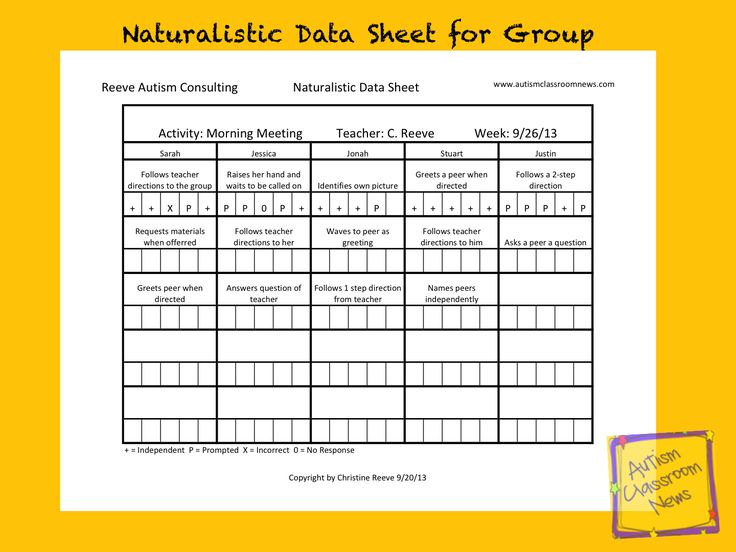 No content on this site, regardless of date, should ever be used as a substitute for direct medical advice from your doctor, speech language pathologist, or other health professional. By accessing the content on ToddlerTalk.com, you acknowledge and agree that you are accepting the responsibility for your child’s health and well-being. In return for providing you with information related to home speech and language practice, you waive any claims that you or your child may have as a result of utilizing the content on ToddlerTalk.com
No content on this site, regardless of date, should ever be used as a substitute for direct medical advice from your doctor, speech language pathologist, or other health professional. By accessing the content on ToddlerTalk.com, you acknowledge and agree that you are accepting the responsibility for your child’s health and well-being. In return for providing you with information related to home speech and language practice, you waive any claims that you or your child may have as a result of utilizing the content on ToddlerTalk.com
Stephanie Keffer
How many minutes Tele2 costs 1 cup of coffee - Moscow and the region
The main value of mobile communications is the ability to communicate with loved ones, wherever you are. Someone uses calls for this, and someone uses instant messengers or SMS messages. If at the end of the month you have unused minutes left, they can be spent not only on communication. Now each Tele2 subscriber has the opportunity to exchange minutes for pleasant bonuses and gifts.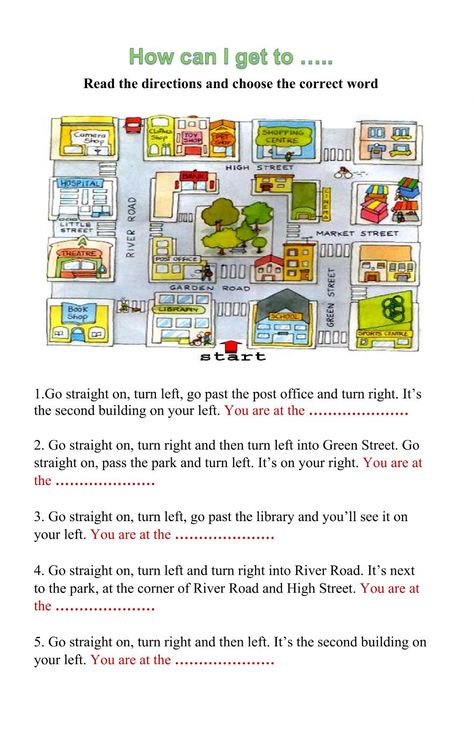 In this article, we will tell you how to exchange minutes for a cup of invigorating coffee.
In this article, we will tell you how to exchange minutes for a cup of invigorating coffee.
November 15, 2021
5 minutes to read
How many Tele2 minutes does a cup of coffee cost
This year we have expanded the possibilities of minutes, and now you can choose: spend them on communication or exchange them for gifts, discounts and bonuses. Any minutes are suitable for exchanging for coffee:
- those that are available to you at the rate;
- those that you bought on the Tele2 Market;
- carried over from previous months;
- transferred to us after switching from another operator.
The tariff for one cup of coffee is simple: 250 minutes for 1 drink. The promotion includes 5 drinks from the menu of the Shokoladnitsa coffee shop chain, namely: espresso, latte, cappuccino, americano and filter coffee.
How to exchange minutes for coffee
We have created a convenient "Manage minutes" section on the website and in the "My Tele2" application.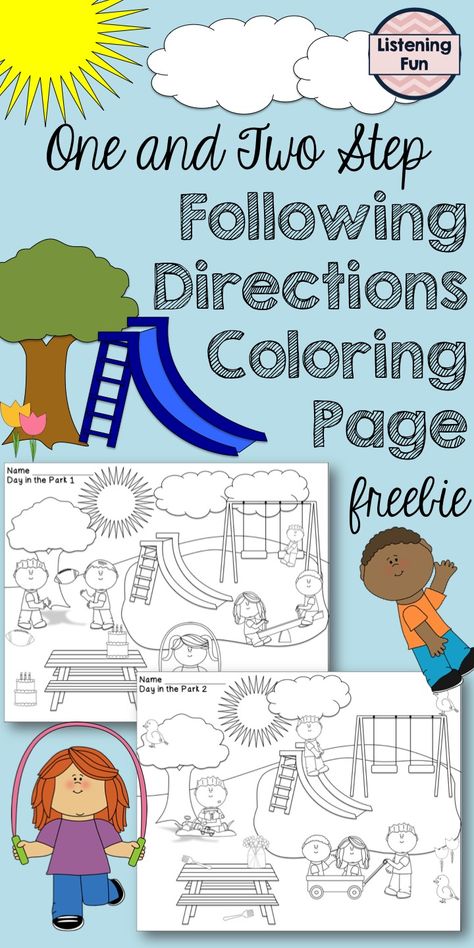 Here you can get acquainted with all the possibilities of exchanging minutes in separate tabs. Several sections are now available: "Coffee", "Movie" and "Discount for Xiaomi". To get a promotional code for a cup of an invigorating drink, follow the simple instructions.
Here you can get acquainted with all the possibilities of exchanging minutes in separate tabs. Several sections are now available: "Coffee", "Movie" and "Discount for Xiaomi". To get a promotional code for a cup of an invigorating drink, follow the simple instructions.
1. Open the mobile application "My Tele2" and in the "Options" section on the main screen, select "Manage minutes". Here you can find out how many minutes are available for you to exchange right now and how many minutes have been spent if you exchanged them for bonuses and discounts earlier.
2. Go to the "Coffee" tab, select "Coffee in the "Chocolate Maker", click the "Exchange" button.
3. Confirm the operation and collect your promotional code.
If you go to "Manage minutes" in your personal account on the site, you will immediately go to the "Coffee", "Movie" and "Discount for Xiaomi" sections - select the "Coffee" tab and follow the 2 and 3 steps described above.
The possibility of exchanging minutes for coffee is not limited - get promotional codes for a drink while there are enough minutes.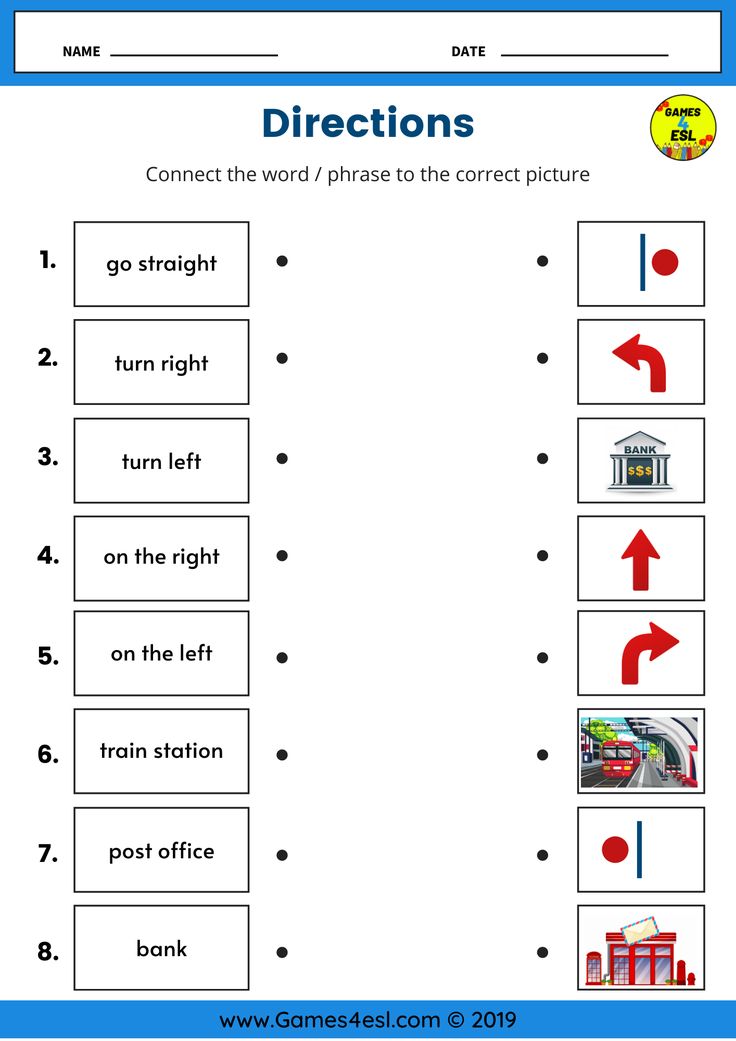 The promotion is valid until May 15, 2022 in 160 coffee shops of the Shokoladnitsa chain, so each of you can have time to drink coffee in minutes from Tele2.
The promotion is valid until May 15, 2022 in 160 coffee shops of the Shokoladnitsa chain, so each of you can have time to drink coffee in minutes from Tele2.
I want coffee, but there are not enough minutes
Market Tele2 is specially designed for this. Here you can buy the missing traffic and use it as you wish. Even those who have never bought or sold anything on the Market can handle this convenient platform. Only 3 steps and minutes are already with you.
1. Go to the Market on the website, in the mobile application "My Tele2" in the "Features" section or directly from the "Coffee" section by clicking on the "Go to the Market" button.
2. In the list of lots that opens, select the "Minutes" item, their required number and cost.
3. Then select the seller and confirm the operation - you will receive a code in SMS.
In order to always have promotional codes for coffee at hand, in the "Manage minutes" section there is a tab "My promotional codes".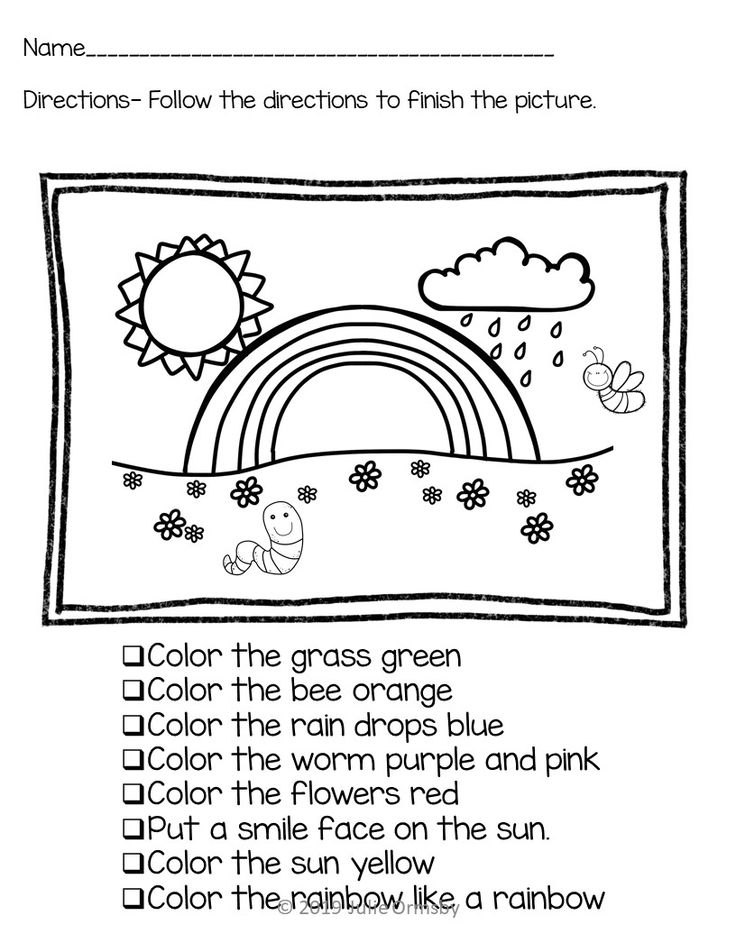 Your promotional codes that you received when exchanging minutes in all sections will be stored here. To enjoy coffee in minutes, present the promotional code at the checkout before ordering and the selected drink is yours!
Your promotional codes that you received when exchanging minutes in all sections will be stored here. To enjoy coffee in minutes, present the promotional code at the checkout before ordering and the selected drink is yours!
Coffee in minutes is available for subscribers of open and archive tariffs "My Online+", "Everywhere Online", "Everywhere Online+", "Game" and "Premium". Save minutes and use them not only for communication.
Did you like the article?
Help Center Troubleshooting - Gardenscapes
-
Known issues
Last update: [11/08/22]Is something not working in the game? Welcome to Known Issues! 🕵️♀️Our team is working hard...
-
Why only iOS 10 and later?
Unfortunately, we no longer support games on devices running iOS 9 and earlier operating systems.
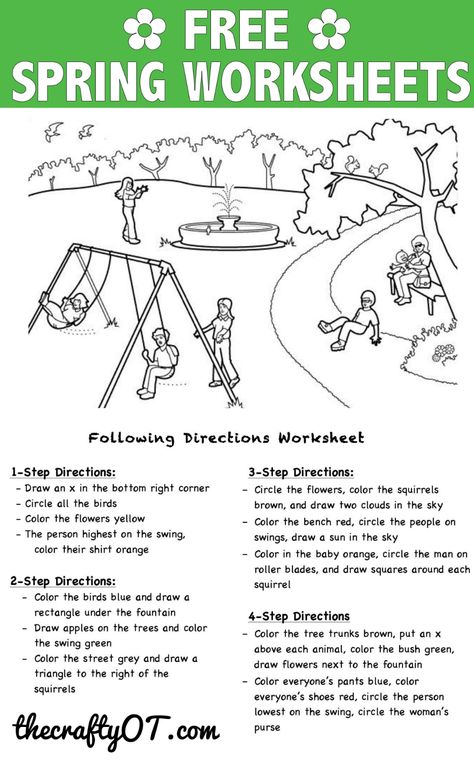 If you use the install...
If you use the install... -
How to clear the cache? (Android)
Clearing the cache can solve most of the problems you encounter while playing the game. Please follow these instructions to clean...
-
How to take a screenshot?
🔸 For iOS devices:➡️ For iPhone X and later:1. Hold down the Power and Volume Up buttons.2. Hold them down for a few seconds and ...
-
System Requirements
Gardenscapes is supported on: - Apple devices with iOS version 10.0 and higher; - Android and Amazon Kindle devices that support Android version.
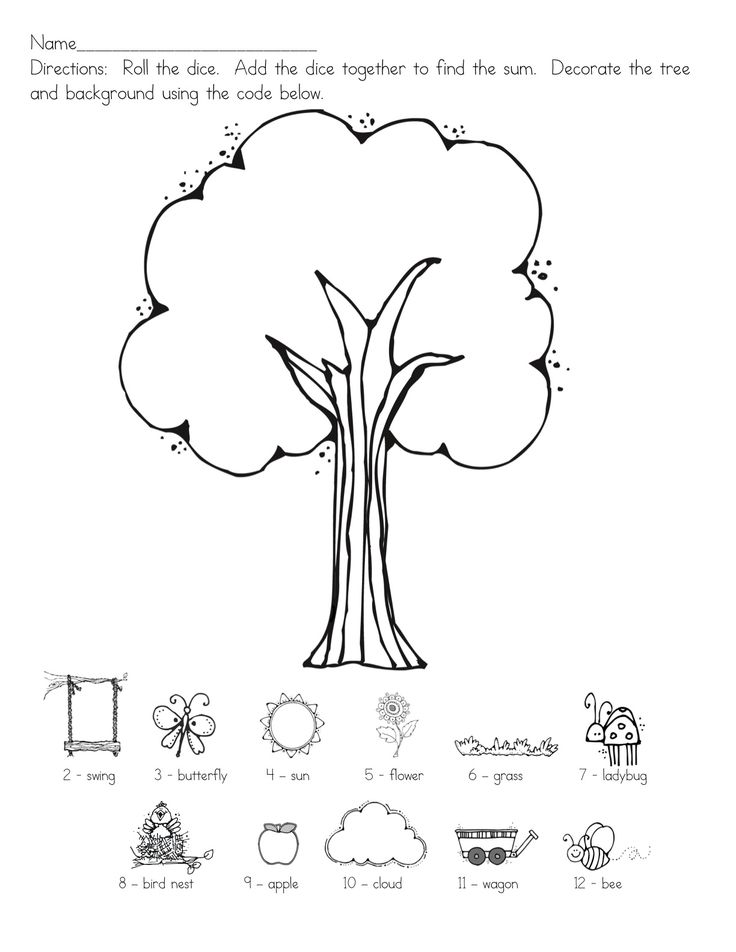 ..
.. -
The game is running slowly
Have you noticed that the game is running slowly? 🐌 Here's what to do: Reboot your device and restart the game 📲Update your game to last...
-
Game crashes or freezes
Experienced game freezes and crashes? 🛠 These steps may help solve the problem: 1. Reboot your device and restart ...
-
Why does the connection keep dropping?
If you are having connection problems while playing, please follow the steps below. Make sure you are connected to the network and connected.
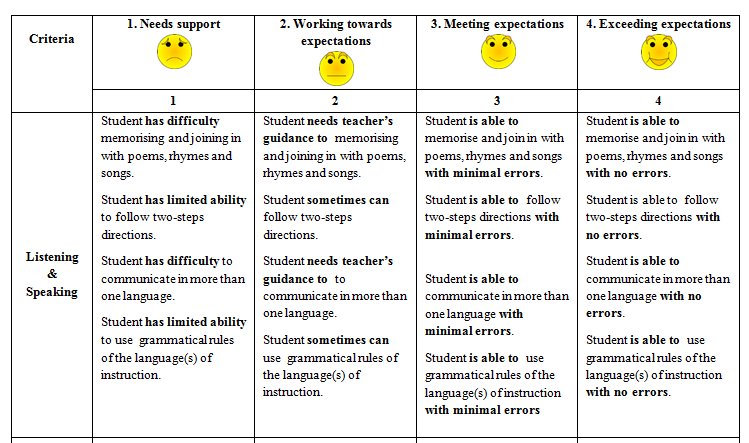 ..
.. -
How to turn off notifications?
You can turn off notifications from the game in your device settings 📲 🌳 For iOS devices: 1. Open Settings and go to Notifications...
-
My device gets very hot while playing
Most devices (especially high performance devices) get hot when playing resource-hungry games and applications. ...
-
The sound effects are missing in the game
If the sound in your garden is missing, these steps should help: 1.
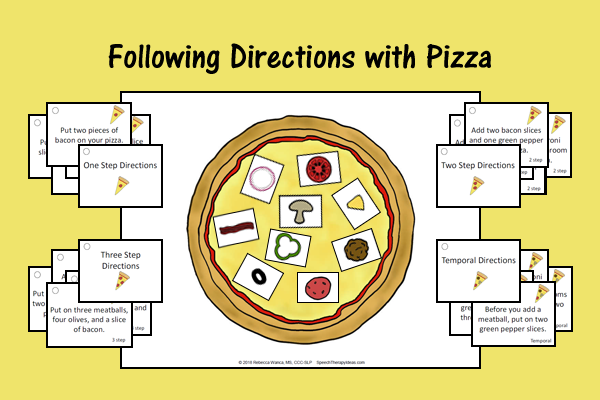 Check the game settings to make sure the sound and music are on🎵 2. Re...
Check the game settings to make sure the sound and music are on🎵 2. Re... -
I can't connect my game to Facebook
If your game is not syncing with Facebook, please follow these steps: 1. Make sure your internet connection is stable...
-
I'm having a technical problem with game
We are sorry that our game is not working properly. If you have any problems, please follow these steps: 🌿 Check section/sta...
-
I'm having a technical problem with my game (Facebook)
Having problems with my game or getting an error message? Try the following steps to fix the problem quickly.
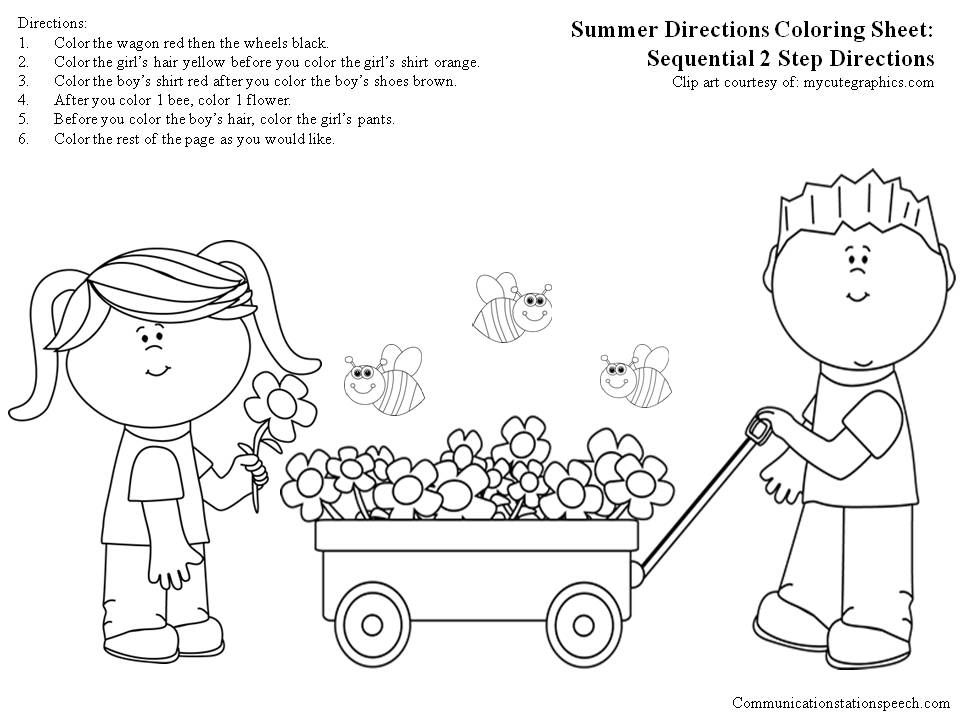 🌿 Clear the cache in...
🌿 Clear the cache in... -
Can I use emulators?
The emulator is a third party application that allows you to run the mobile version of the game on your PC. Please note that the use of tacos...
-
How to reinstall\restart the game? (Android/IOS)
Reinstalling or restarting the game often solves most of the problems you may encounter🤗🔸 Restarting the game is easy - full...
-
How to force close an application? (Android/IOS)
If your game is freezing or you're experiencing other problems, force quitting the app can help📲 Here's how to do it.
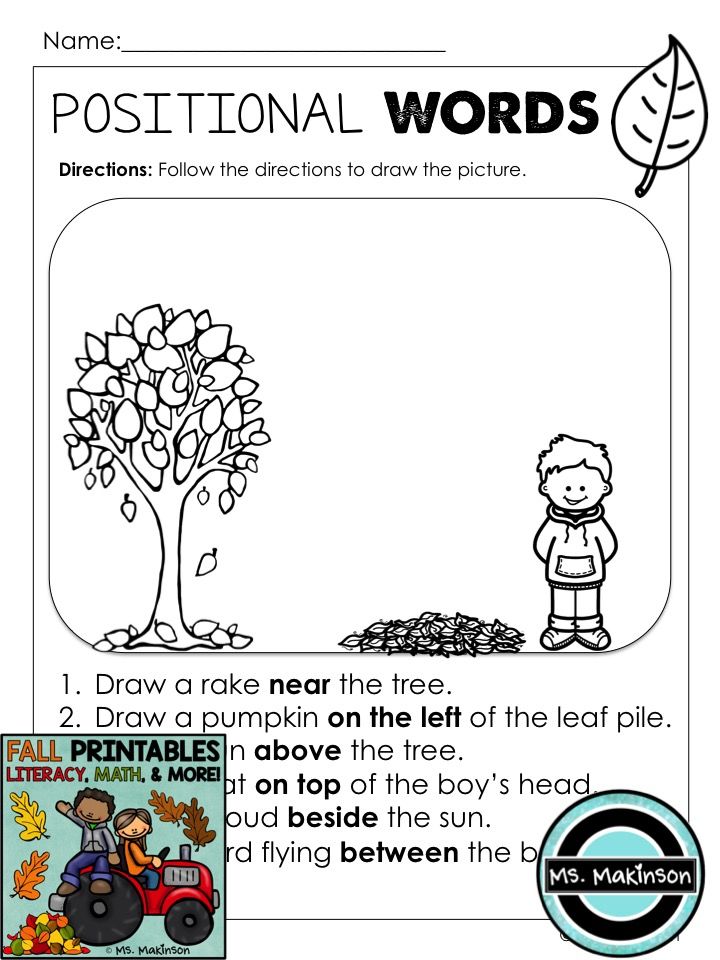 ..
.. -
There is a graphic problem in the game
If you encounter a graphic problem in the game, follow these steps: 1. Reboot your device 🔄 then try logging in again...
-
No sound effects in the game
If your garden is missing sound, these steps should help: 1. Check your game settings to make sure sound and music is on🎵 2. Re...
-
How to change the language of the game?
You can enjoy the game in different languages 🌍 The language is easy to change if you accidentally set another one.
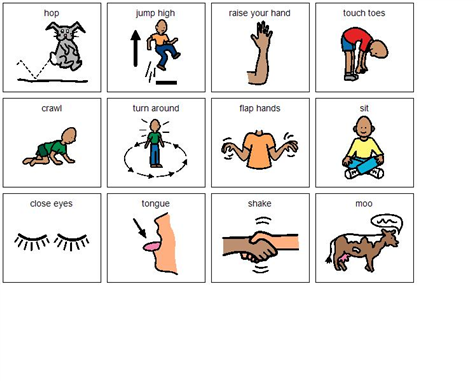 Just follow these steps: Re...
Just follow these steps: Re... -
I can't download the game from the Google Play Store
Having problems with the Google Play Store or can't install the game from it? 📲 Pay attention to the useful instructions from Techni...
-
"Device not supported"? (Android)
Sometimes you may see a device not compatible alert when you try to update a game on Google Play. Don't worry, Google is already working...
-
How to close the game? (Windows)
Trouble closing a game on your laptop or computer? 👩💻 Just follow these steps:🌿 Move the course to the top right corner.
 ..
.. -
How to change the language in the game? (Facebook)
If your game suddenly starts in another language, most likely the selected language in the Facebook settings has been changed 👩💻Please follow yes...
-
How do I change the graphics settings? (Facebook)
If your garden doesn't look pretty enough: everything is broken into squares and the lines don't look smooth, then most likely the graphic settings are in...
-
How to avoid technical problems in the game?
We've put together a few tips to help you avoid common technical issues while playing 😉 Just follow the steps below.

Learn more

